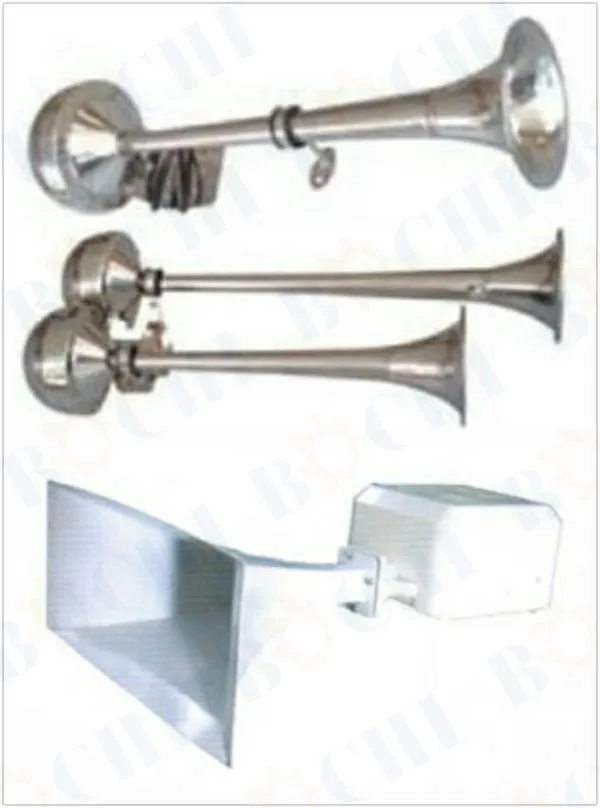


Ship operators heading into the San Francisco Bay steer left of the south (San Francisco) tower pier foghorn and right of the mid-span horn. When the fog rolls in under the Bridge roadway limiting visibility for passing ships, the foghorns are manually turned on (and off) by Bridge workers. Each foghorn has a different pitch and marine navigational charts give ships the frequency, or signature, of each foghorn. United States Coast Guard, Waterways Management Branch sets the tones and timing pattern of the foghorns. During March, you'll hear them for less than half an hour a day but during the Bay Area's foggy season, which typically occurs during the summer months, they can sound for over five hours a day or for days at a time. The foghorns operate about two and a half hours a day on average over a year. The Golden Gate Bridge foghorns have guided hundreds of thousands of vessels safely through the Golden Gate Strait, and forewarned San Franciscans when fog was rolling in to envelop the City. The foghorns are located in two distinct locations: at the middle of the Bridge (mid-span) and at the south (San Francisco) tower pier. To aid in the safe travel of vessels as they pass under the Golden Gate Bridge, foghorns have been mounted on the Golden Gate Bridge since its opening in 1937. By the way, the color of the Bridge is International Orange and was chosen in part because of its visibility in the fog. Sometimes, high pressure squashes it close to the ground. The fog hugs the ground and then the warm, moist air condenses as it moves across the bay or land. "Advection fog" forms when humid air from the Pacific Ocean swoops over the chilly California current flowing parallel to the coast. The Golden Gate Bridge has an influence in directing fog as it pushes up and pours down around the Bridge.


 0 kommentar(er)
0 kommentar(er)
